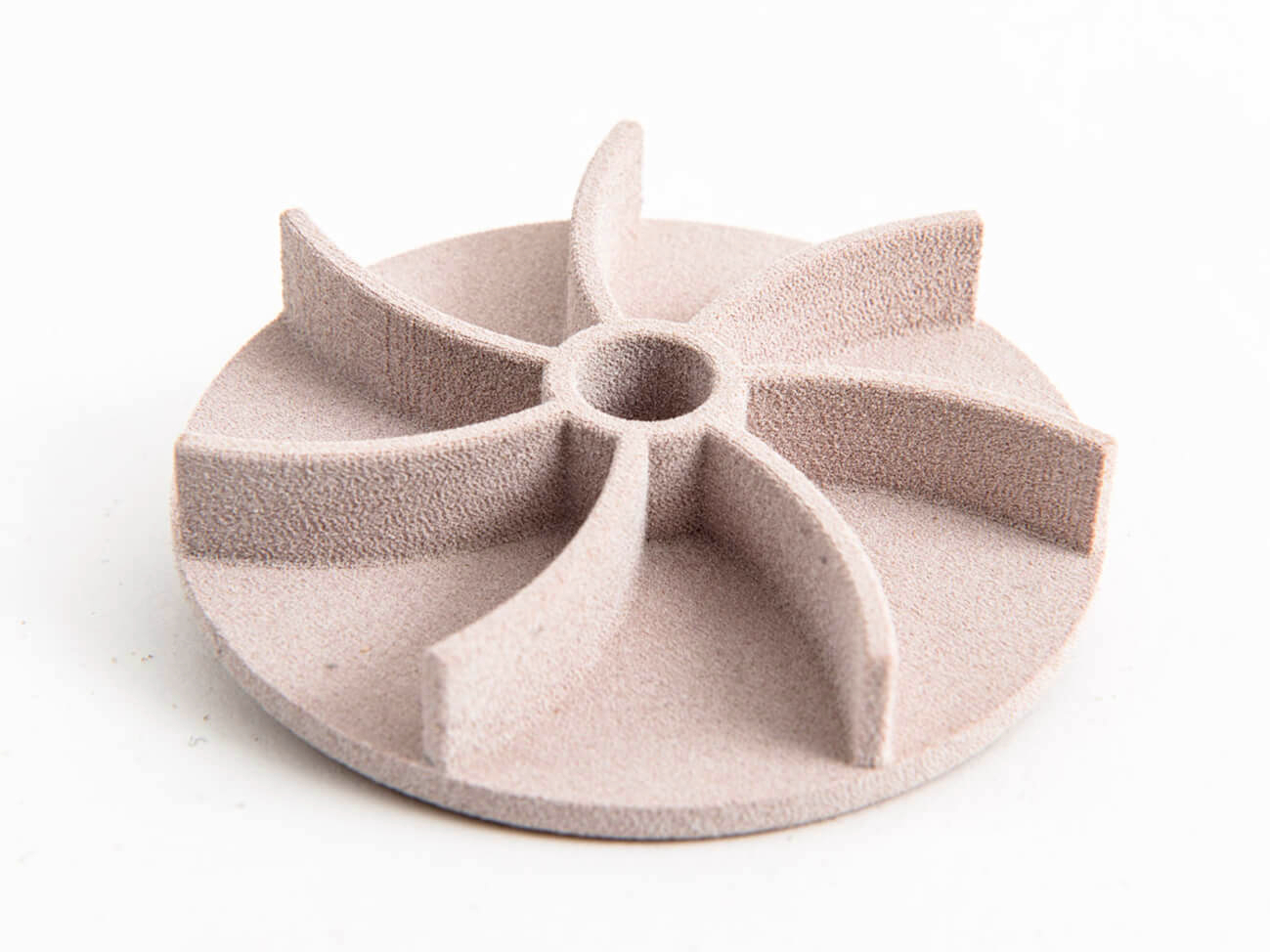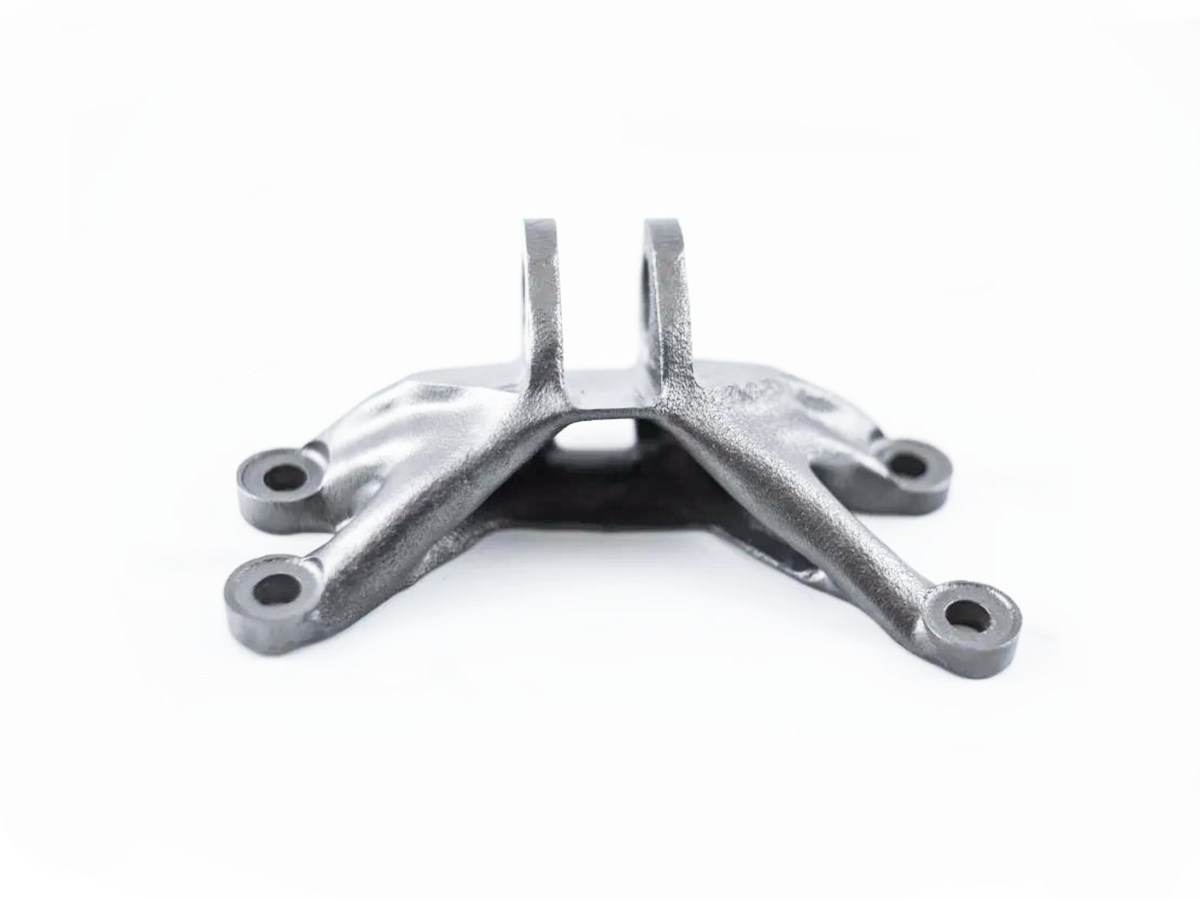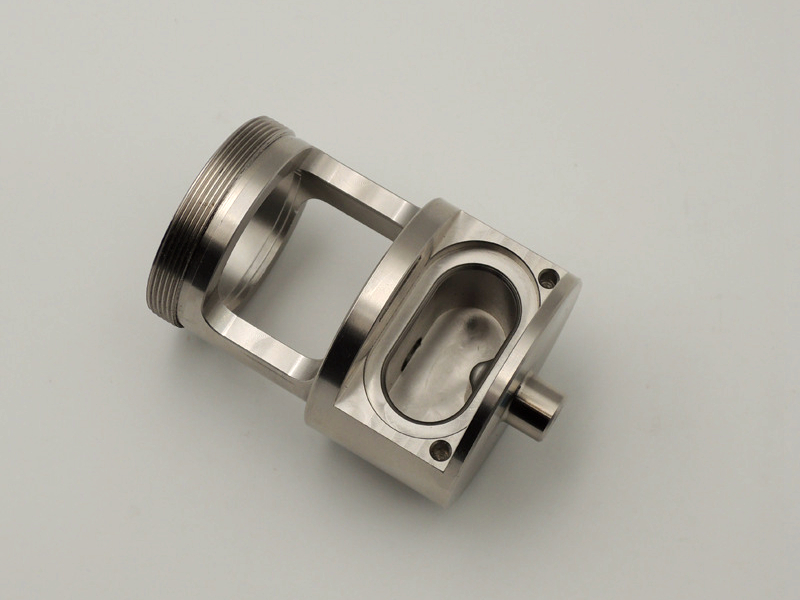Can SLA prototypes be tapped, bonded, painted, or post-processed further?
From a manufacturing and engineering standpoint, SLA prototypes are exceptionally well-suited for a wide range of post-processing operations, including tapping, bonding, painting, and other finishing processes. This versatility is a key reason why SLA is a cornerstone technology for prototyping and low-volume production. However, success is contingent upon understanding the material's behavior and following the correct procedures.
Tapping and Mechanical Fastening
Yes, SLA parts can be tapped, but with important considerations. Standard photopolymer resins are relatively brittle compared to thermoplastics, such as ABS or Nylon.
Technique: Use sharp, high-quality taps and employ a slow, deliberate process to avoid generating excessive stress that could cause the material to crack or chip. Undersizing the pilot hole slightly can provide more thread engagement.
Best Practice: For repeated assembly and disassembly or for higher strength, it is strongly recommended to use threaded inserts. Heat-set inserts (which are melted into a pre-molded hole) or self-tapping inserts provide a much more durable and reliable threaded connection by distributing the load and leveraging the metal's strength.
Material Choice: If creating strong, durable threads is a primary requirement, consider using a "Tough" or "Durable" engineering resin, which offers higher impact resistance and elongation at break, making them more forgiving for threading operations.
Bonding and Assembly
SLA parts bond very effectively. The key to a strong bond is proper surface preparation.
Adhesives: Cyanoacrylate (Super Glue) is the most common and effective adhesive for bonding SLA parts to themselves or other materials. Two-part epoxies also provide excellent strength and gap-filling capabilities.
Surface Preparation: Lightly sandblasting or sanding the bonding surfaces creates micro-abrasions that dramatically increase the surface area and mechanical bond. This is followed by a thorough cleaning with isopropyl alcohol to remove any dust or release agents.
Process: Apply the adhesive sparingly, clamp the parts firmly, and allow the adhesive to cure for the full time specified by the manufacturer.
Painting and Finishing
SLA parts provide an excellent substrate for painting, but a meticulous preparation process is non-negotiable for a professional, durable finish.
Post-Cure: Ensure the part is fully post-cured. This stabilizes the material, preventing uncured resin from seeping out later and ruining the paint job.
Sanding: Start with a coarse grit to remove layer lines and support marks, then progress to a fine grit (e.g., 400-600) to create a smooth surface. Wet sanding can help prevent clogging the sandpaper.
Priming: This is the most critical step. Apply a high-build filler primer to fill any remaining microscopic layer lines and create a uniform surface. Sand the primed surface smooth with a fine-grit sandpaper.
Painting: Use compatible paints, such as acrylic lacquers or enamels. Apply multiple light coats instead of one heavy coat to prevent runs. For the utmost durability and aesthetic quality, a powder coating finish is not suitable for plastics; however, a professional spray painting process can yield excellent results.
Clear Coating (Optional): A clear topcoat will protect the paint and can provide a specific gloss level (matte, satin, gloss).
Other Post-Processing Options
Sanding and Polishing: As detailed in the previous answer, this process can transform a standard matte finish into a high-gloss, smooth surface.
Vapor Smoothing: While common for FDM parts (using acetone on ABS), it is not typically used for SLA resins as there is no universal solvent that safely produces a similar smooth finish without degrading the part.
Metallization: SLA parts can be vacuum metallized or electroplated (with a special conductive coating) to achieve a chrome, gold, or other metallic appearance for aesthetic prototypes.
Machining: While uncommon, fully cured SLA parts can be lightly machined or drilled. However, their brittleness requires careful, low-stress machining operations to avoid cracking.
Engineering Guidelines
Design for Post-Processing: Anticipate post-processing needs. Add material allowance for sanding, and design features to accommodate inserts.
Select Resins for Function: Match the resin to the post-process. Use "Tough" resins for parts that require tapping; use standard resins for parts intended primarily for painting.
Process Order is Critical: The general sequence is: Wash > (Optional Green-State Sanding) > Post-Cure > Sanding > Priming/Painting > Assembly (Bonding/Tapping).
In summary, SLA is not an end-state process but a versatile starting point. Its true value is unlocked through skilled post-processing, enabling the creation of strong, high-fidelity, and aesthetically finished components that bridge the gap between prototype and end-use part.



